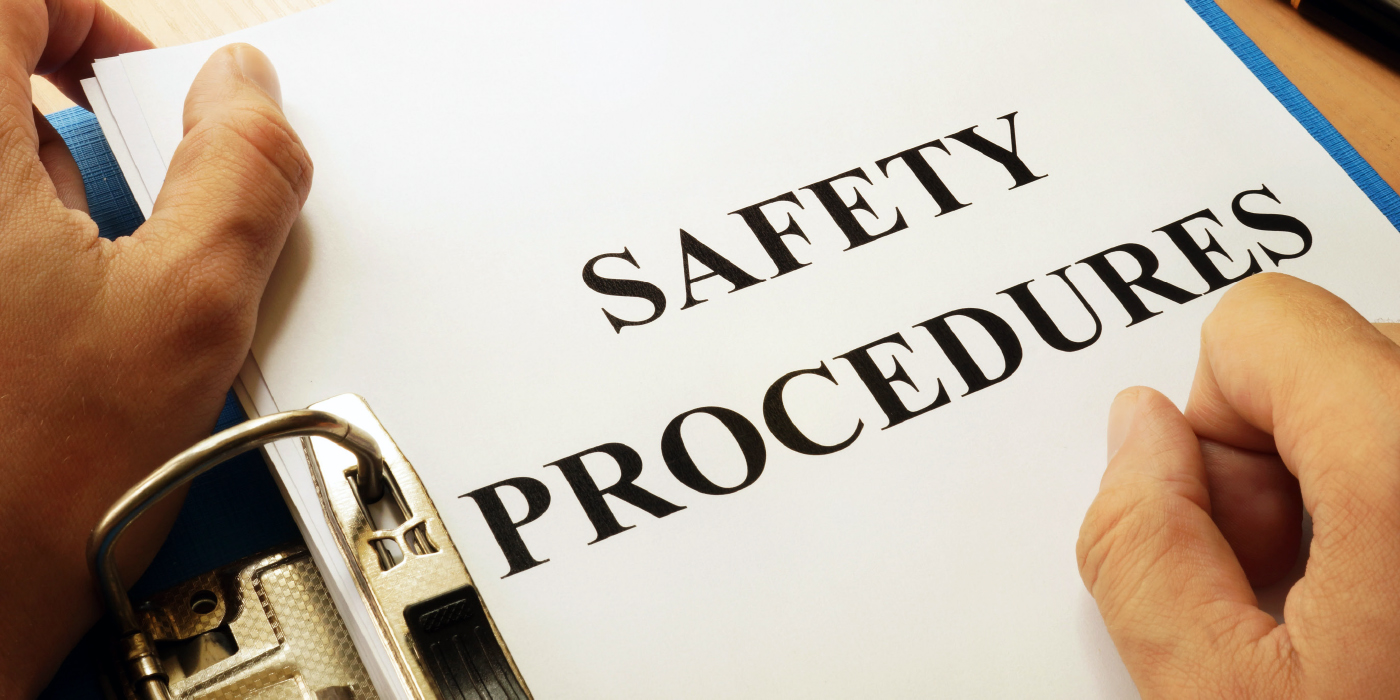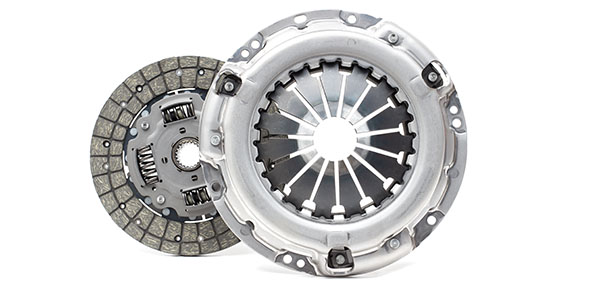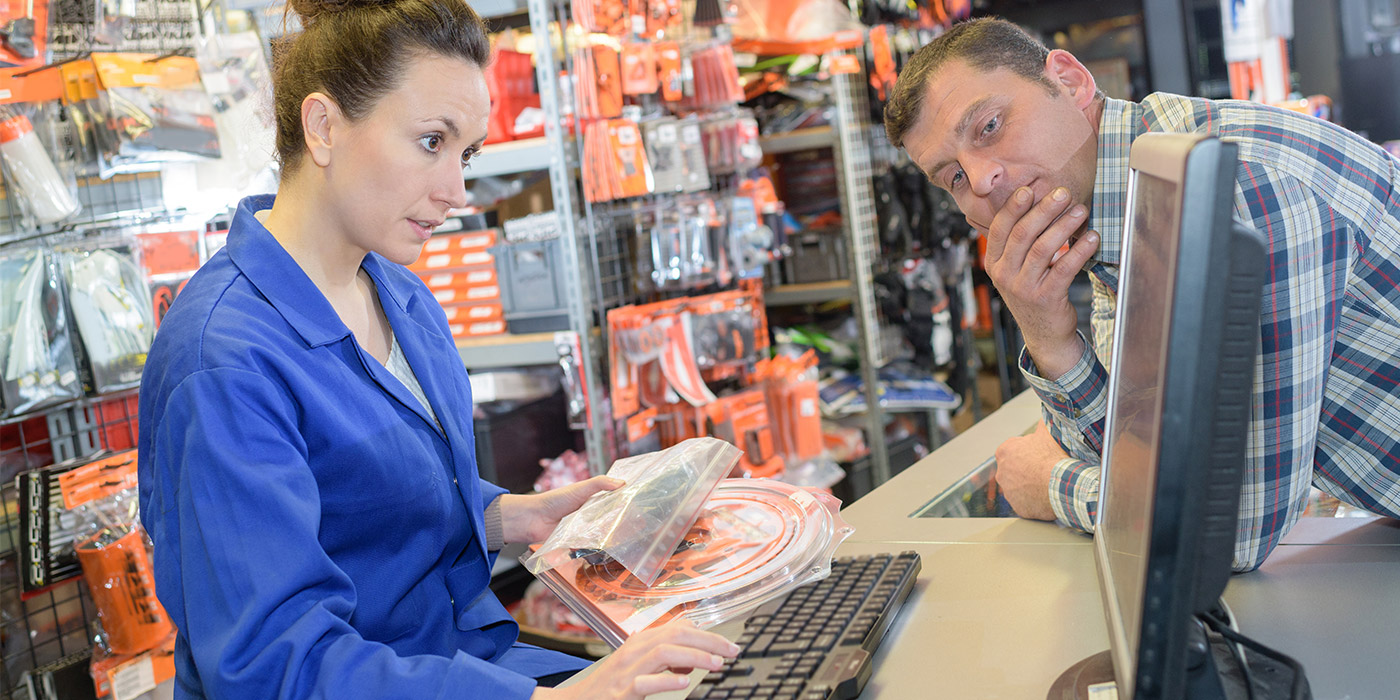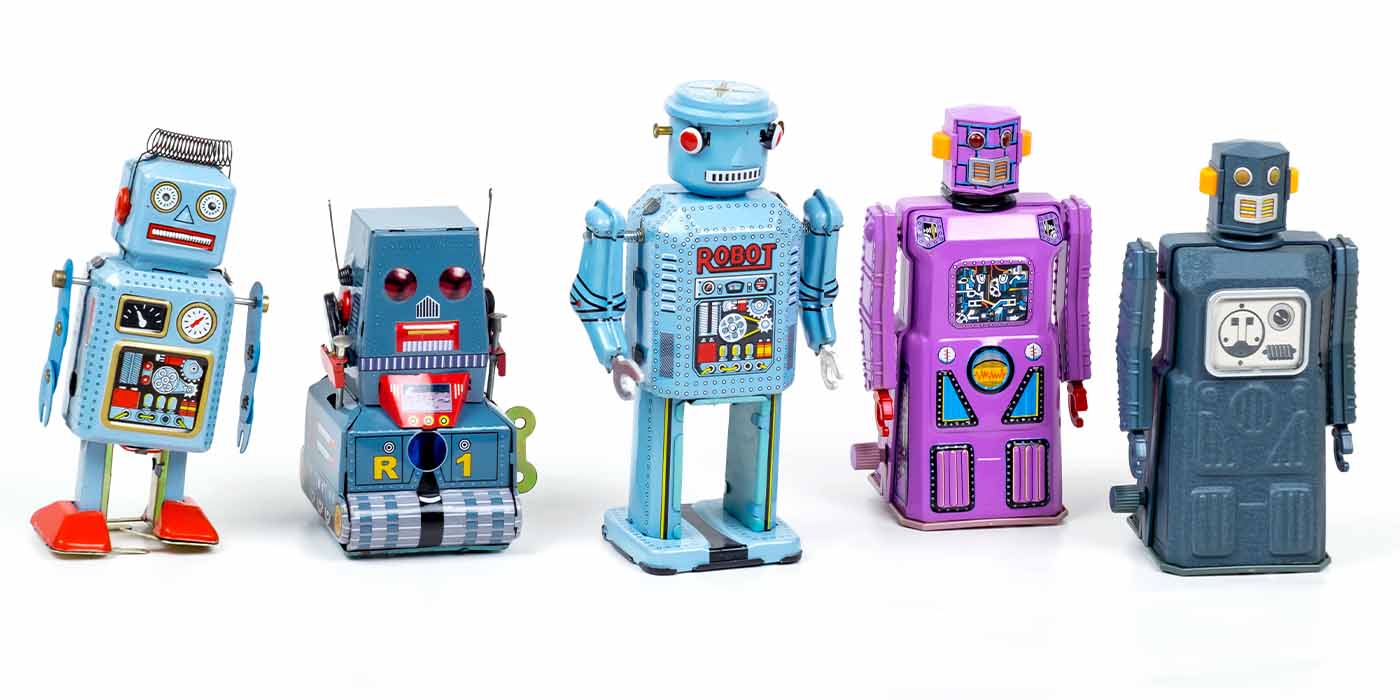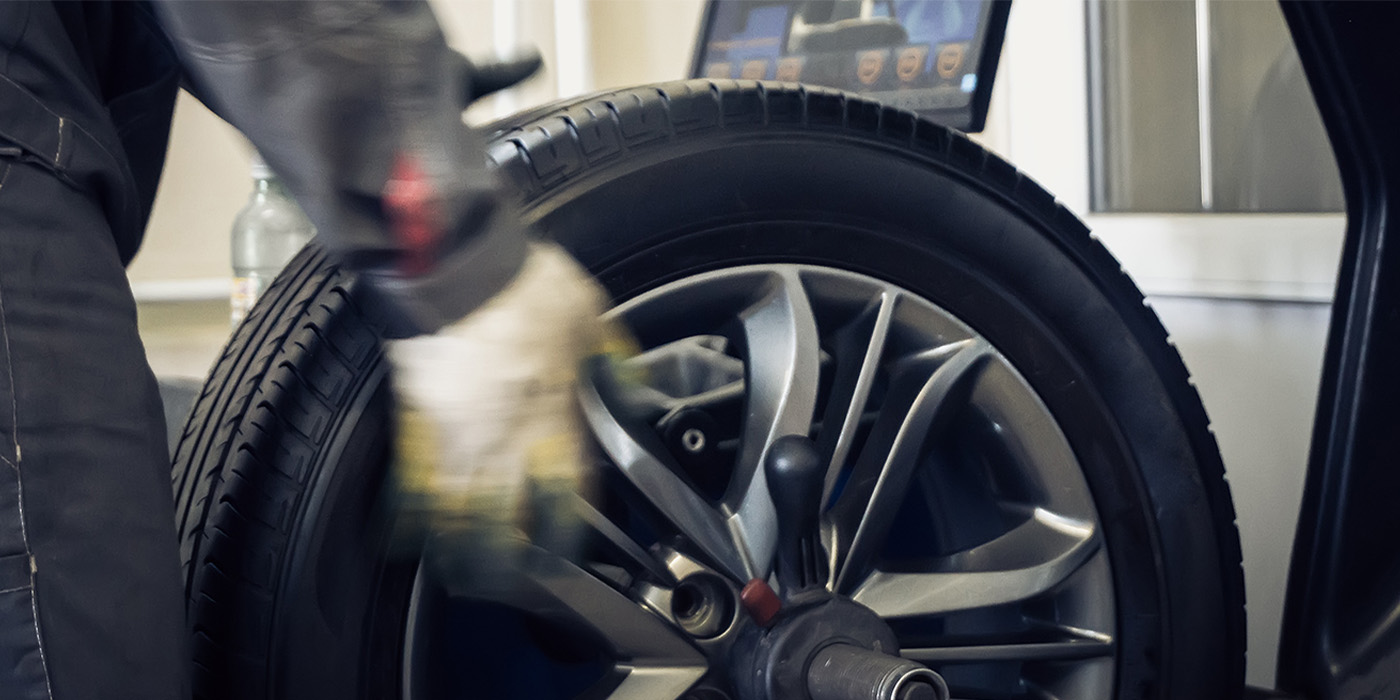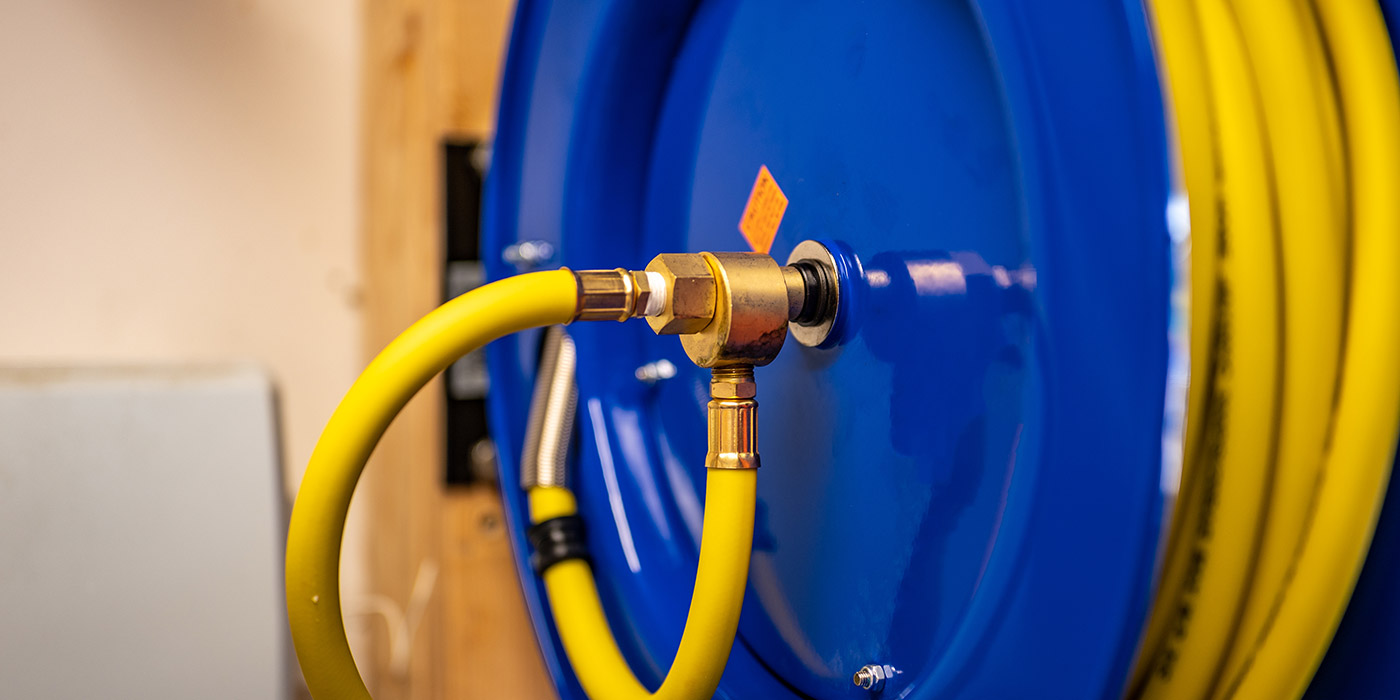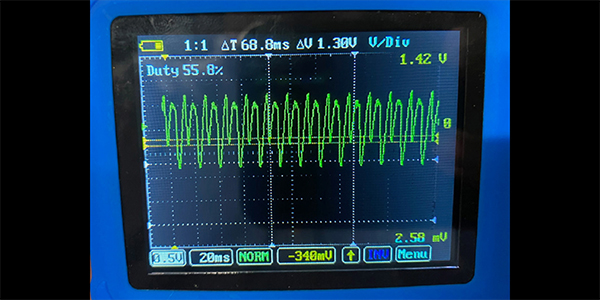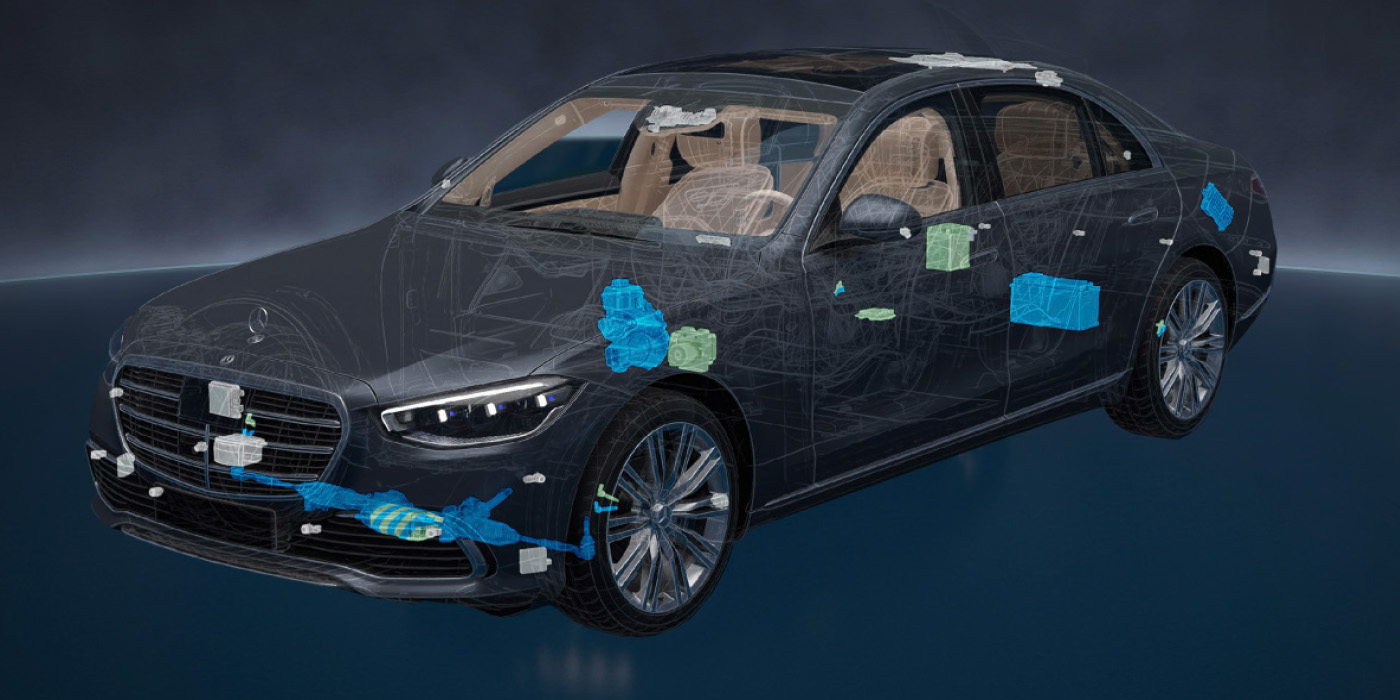Most likely, you’ve been to an event over the last few years themed “Christmas in July.” For some reason, the theme has exploded in popularity over the past 10 years, and it seems like I can’t get through a summer without getting invited to at least a couple of them.
I never knew how it actually got started, but the internet is always good for this type of information, and one of the more prevalent theories was that it was first started at a girls’ camp in 1933.
That may be the case, and who can say the true number of times it’s been done since, but my version of it, what I like to call the REAL Christmas in July, is not a party or an event. It’s a book. You’ve got to be somewhere in my approximate age bracket to know what I’m talking about, which of course means I’m getting old, but the “book” I’m talking about is a department store catalog.
Long before the internet and super malls, department stores ruled the downtown landscape of any American city, and it was the big names like Sears, JC Penney and FAO Schwarz where most people did their shopping for anything outside of a regular grocery store.
Back then, there were fewer family cars, and people didn’t run to the stores on a whim like we do today. Most visits to downtown were planned well in advance. In order to entice more frequent shopping, all the larger department stores had a catalog program, and the catalogs were usually sent out mid- to late-summer.
Part of the advantage to the catalogs was that people could place orders over the phone (this thing on the wall with a round dial) or through the mail, and place items on layaway to be picked up later in the year. It was very helpful to families who didn’t have the time or means to get out to the stores easily, and who needed to take time to pay for things before we all had credit cards coming out our ears.
But the biggest advantage was for us kids who grew up during that time. There weren’t near as many ways to learn about all the toys you wanted, but when those coveted department store catalogs showed up, we knew we could start our wish list. Most of them were the size of a big city phone book, and usually at least 500 to 600 pages thick.
The toy section was always in the same place, about three-fourths of the way through the book, and there wasn’t a kid around who couldn’t flip directly to it. We would peruse over the pages of this section for weeks after the catalogs came, making sure our parents knew that we had clearly marked the things we hoped would end up under the Christmas tree.
Over time, most of these catalogs and unfortunately many of the stores themselves ceased to exist, but the great memories of those days don’t. There’s even a website called Wishbook Web that keeps the memories alive with the catalogs uploaded to the internet so you can re-live those golden times if you so desire.
Of course, you forgot all about those catalogs once you grew up, but then again, maybe that’s why I always like to get my hands on the latest tool catalogs. They are filled with all my modern-day wishes, and now with the power of the internet and resources such as the TechShop Buyer’s Guide, I’ve got instant and organized access to all the tools I’ve got on my list. Maybe if I’m on a certain even more important “nice” list, there will be some of them under the tree.
From everyone at TechShop, we wish you Happy Holidays!




